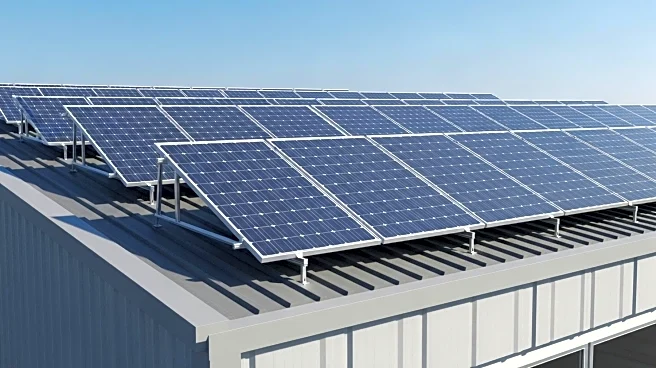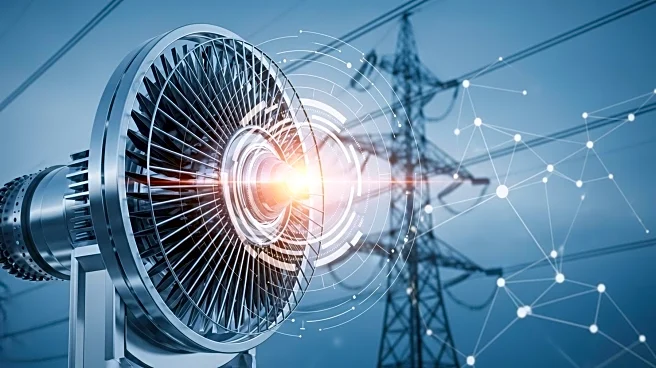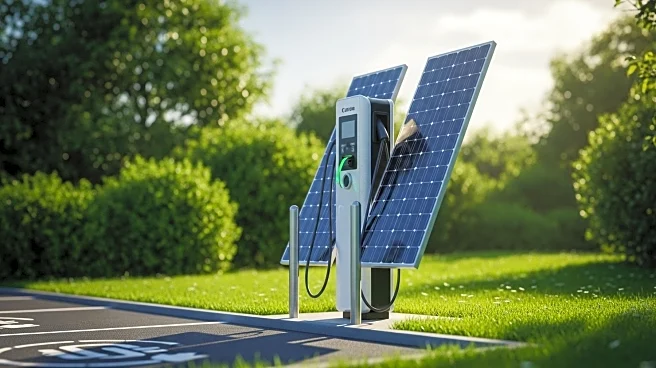What is the story about?
What's Happening?
Utility-scale solar projects are increasingly adopting advanced predictive modeling techniques to improve forecasting accuracy and operational efficiency. As reported, traditional methods such as spreadsheets and manual tools are proving inadequate in managing the complexities of modern grid operations. The integration of machine learning and artificial intelligence allows utilities to run numerous scenarios, adapt to real-time conditions, and make informed decisions. This shift is crucial as inaccurate forecasting can lead to financial losses due to overproduction or underproduction, forcing operators to sell excess energy at lower prices or buy additional energy at higher costs. By enhancing forecasting precision, utilities can reduce imbalance fees significantly, as demonstrated by a case where a 2% improvement led to nearly 30% savings.
Why It's Important?
The adoption of smarter predictive modeling in utility-scale solar projects is vital for financial efficiency and sustainability. Accurate forecasting helps utilities optimize the use of photovoltaic assets, reduce costs, and potentially sell excess generation at higher rates when demand is favorable. This technological advancement not only supports the financial health of utilities but also contributes to the broader goal of integrating renewable energy into the grid. As the energy landscape becomes more complex with distributed energy resources, utilities must anticipate how renewable production intersects with fluctuating customer demand and infrastructure limitations. The ability to predict and manage these variables effectively is crucial for maintaining grid reliability and achieving sustainability targets.
What's Next?
Utilities are expected to continue integrating advanced forecasting technologies to enhance operational efficiency and sustainability. The broader adoption of machine learning and AI-driven tools will likely lead to more precise and agile decision-making processes. As these technologies become more prevalent, utilities will be better equipped to handle the dynamic environment of distributed energy resources, including residential solar generation and battery storage. The ongoing development of these tools will enable utilities to proactively manage shortfalls or overproduction, ensuring a more stable and efficient energy market.
Beyond the Headlines
The shift towards advanced predictive modeling in solar projects highlights the growing importance of data-driven decision-making in the energy sector. This transition not only improves financial outcomes but also supports environmental sustainability by optimizing the use of renewable resources. As utilities embrace these technologies, they set a precedent for other sectors to follow, demonstrating the value of integrating AI and machine learning into operational processes. The long-term impact of this shift could lead to more resilient and adaptive energy systems, capable of meeting the challenges posed by climate change and evolving consumer demands.
AI Generated Content
Do you find this article useful?













